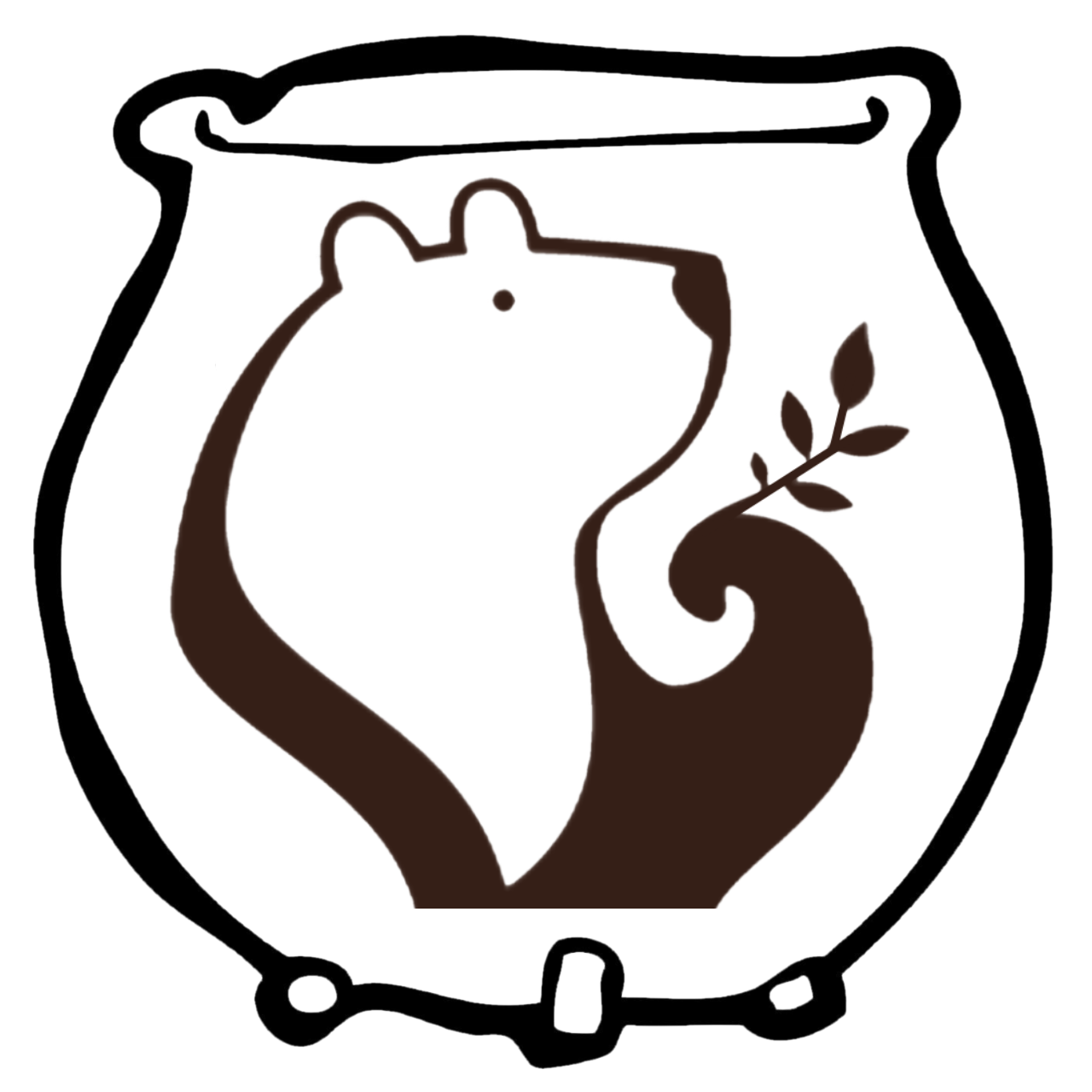Aloe
The Plant of Immortality
this spring I must transplant,
it’s about time my aloe,
old, gnarled aloe vera
treasured beyond words
by those who know
its healing qualities
hidden deep within
what a tangle of roots,
tiny ones, thick ones
so tight that there is no way
I can remove them no
matter what I do—
I grab a rock and
smash the vase
and why after all
were you so stubborn
clinging to those clay walls
with all your strength?
what was it that you
were holding onto?
Stop scratching me,
stop scraping my arms
don’t tell me you liked
your prison narrow
and poor as it was
where you never
had enough water or food,
after all you’ll get a new vase,
spacious and beautiful!
my soul, don’t tell me
that you too are clutching
at the unstable temporary walls
of your prison
The Aloe plant is a staple in many households, including mine. Known by the Egyptians as the ‘plant of immortality’ it has faithfully grown alongside families for generations, providing healing support and connections to our grandmothers, who kept the parent plants on her windowsill. Cleopatra and Nefertiti credited Aloe as a source of their famed beauty while it is said that Alexander the Great provided his soldiers with Aloe to heal their wounds and replenish their health for battle. Although it is more closely related to lilies, this succulent looks like a cactus. It has green fleshy leaves with somewhat spiky edges. Arranged in basal rosettes, these leaves contains more than 70 essential nutrients, including a wealth of vitamins, minerals, enzymes, protein, phytosterols and amino acids. It’s healing power is perfectly packaged, always fresh, always sterile, and always ready to heal what ails us.
The Magic of Aloe
Correspondences
Element: Water
Gender: Feminine
Sabbat: Unknown
Planet: Moon
Chakra: Root
Spellwork
Heal
Protect
Luck
Beauty
Strength
Proverb
Xhosa: He has drunk the juice of the Aloe flower.
The Medicine of Aloe
Ayurvedic
Ayurvedic Name: Ghrita Kumari
Vata: Balance
Kapha: Balance
Pitta: Balance
Taste: Bitter, Sweet
Herbology
Alterative
Anti-viral
Antibacterial
Antibiotic
Anti-inflammatory
Antiseptic
Bitter
Cathartic
Vulnerary
Decoagulent
Demulcent
Emmenagogue
Emollient
Insecticide
Laxative
Purgative
Stimulant
Stomachic
Tonic
Vermifuge
TCM
TCM Name: Lu Hui
Botanical Name: Aloe barbadensis
Common Name: Aloe
Energy: Cold
Flavor: Bitter
Organs: Liver, Large Intestine, Stomach
Movement: Purgative herbs that drain downward
Science of Aloe
Botany
Botanical Name: Aloe barbadensis
Family: Asphodelaceae (Asphodel Family)
Type of Plant: Succulent
Habitat: Well drained soil, Sun
Zone: 10-12
Bloom Time: Seasonal
Height: 1-3 feet
Spread: 1-3 feet
Propagation: Offsets (Pups)
Harvest: As needed
Part Used: Leaves
Constituents: Anthraquinones, polysaccharides, prostaglandins, tannins, steroids, organic acids, magnesium, lactate, resins, mannins, enzymes, protein, amino acids, saponins, lignins, monosulfonic acid, lectins
Native Region: Africa, Mediterranean
Sustainability: None known
Leaf
Structure: Thick, fleshy
Arrangement: Basal
Shape: Tapered triangle
Length: up to 3 feet
Margins: Serrated
Surface: Smooth
Flower
Inflorescence: Simple or double raceme
Sexuality: Perfect
Stamen: 6
Petals: Tubular
Color: Yellow
Size: 5 cm
Sacred Story
The Jivaroan are a grouping of South American indigenous peoples who live near the headwaters of the Marañon River, in northern Peru and the eastern part of Ecuador. In their world, the individual is born without a soul and must acquire and replenish the soul throughout their lifetime. One way in which this is done is through killing people and animals, often leading to substantial wounds. They refer to Aloe vera as the “Doctor of the Sky” or the “Fountain of Youth”. In contrast to the stereotype, many in these cultures place a higher priority on gardening than they do on hunting. They perform rituals when establishing a new garden, sing magical gardening songs to promote growth, and have dances and chants which relate to the work of gardening. Because spirits reside in the plants, the garden is sacred space.




